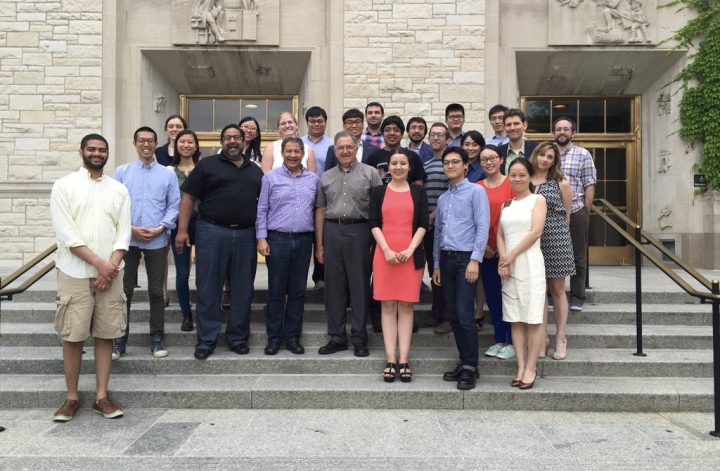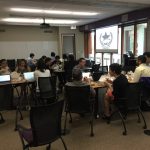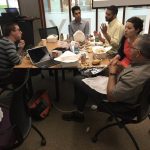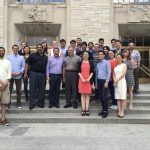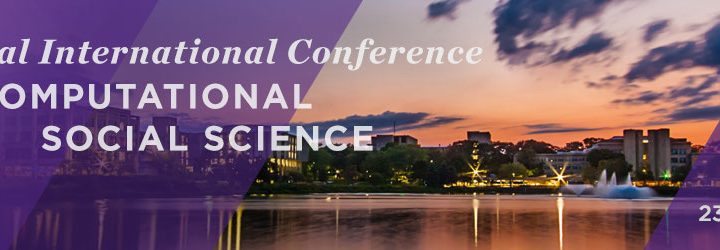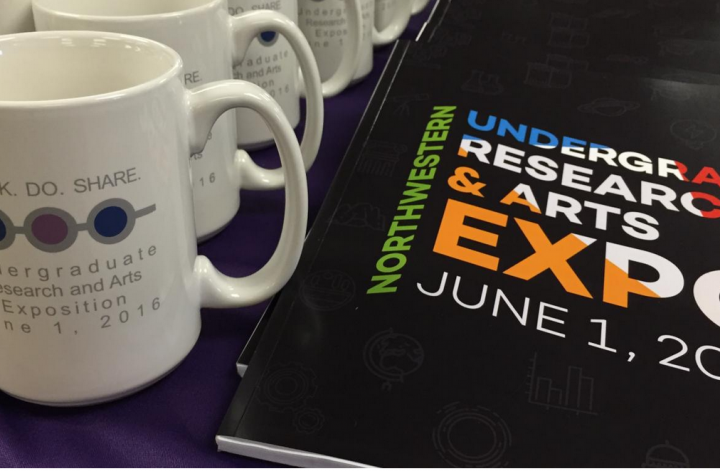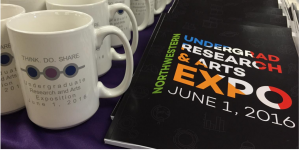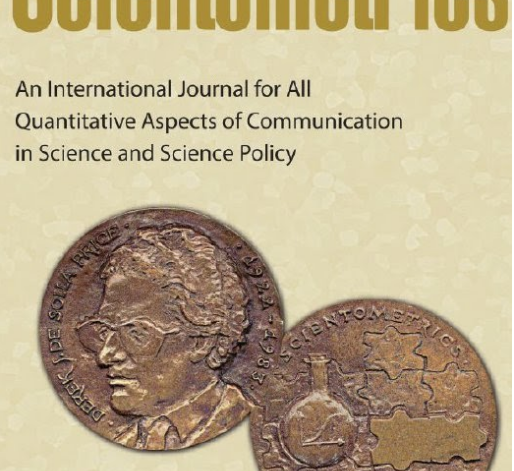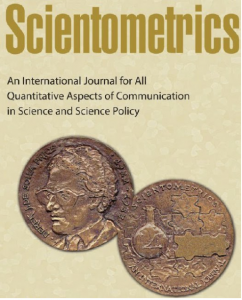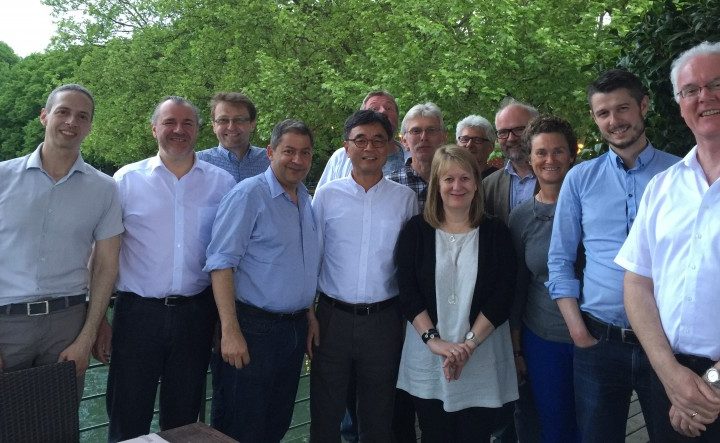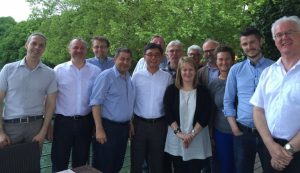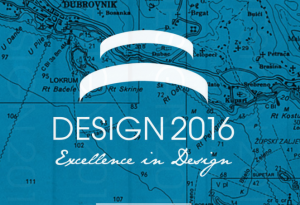SONIC and NU-Delta members presented at the INGRoup conference on July 14-16 in Helsinki, Finland.
Abstracts for posters and presentations are listed below the schedule.
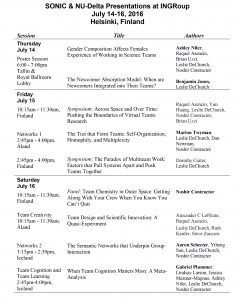
Gender Composition Affects Females Experience of Working in Science Teams
Ashley Niler, Raquel Asencio, Leslie DeChurch, Brian Uzzi, Noshir Contractor
Success in scientific fields hinges on effective collaboration. Whereas females excel in communal settings, they are underrepresented in scientific fields, and on science teams. We find the percentage of females on a team affects females’ level of team identification and collective efficacy, and subsequently team performance.
The Newcomer Absorption Model: When are Newcomers Integrated into Their Teams?
Benjamin Jones, Leslie DeChurch
This study explores newcomer absorption in teams from the perspective of the incumbents, and how they adapt to the newcomer’s addition to the team. Findings support the idea that incumbent identity strength and the identity threat posed by the newcomer jointly undermine newcomer absorption.
Symposium: Across Space and Over Time: Pushing the Boundaries of Virtual Teams Research
Raquel Asencio, Yun Huang, Leslie DeChurch, Noshir Contractor, Brian Uzzi
Globalization and advancements in communication technology have encouraged the use of virtual teams; however, our knowledge of the dynamics and the implications of working across geographic, organizational, and time boundaries remains limited. Our symposium pushes the boundaries of research on virtual teams by exploring new topics and utilizing different methods.
The Ties that Form Teams: Self-Organization, Homophily, and Multiplexity
Marlon Twyman, Leslie DeChurch, Dan Newman, Noshir Contractor
This paper explains the unfolding process of team assembly – the behaviors involved as individuals consider and form relationships with potential teammates. We explore the role of self-organizing principles, homophily, and multiplexity in explaining how individuals choose their collaborators. Findings reveal multiplexity is a stronger predictor of team assembly than homophily.
Symposium: The Paradox of Multiteam Work: Factors that Pull Systems Apart and Push Teams Together
Dorothy Carter, Leslie DeChurch
Multiteam systems present a paradox of building strong component teams that function effectively as a larger system. This symposium examines factors pulling these systems apart and pushing component teams together. The papers take important next steps in advancing MTS research to new levels of theoretical precision and into new contexts.
Panel: Team Chemistry in Outer Space: Getting Along With Your Crew When You Know You Can’t Quit
Noshir Contractor
One of the riskiest group projects in history is being planned – a manned trip to Mars. This panel focuses on the composition of teams selected for long-duration space missions. It will consider what groups research across multiple disciplines can tell us about high performing teams in space missions
Team Design and Scientific Innovation: A Quasi-Experiment
Alexander C LoPilato, Raquel Asencio, Leslie DeChurch, Ruth Kanfer, Steve Zaccaro
There are two important realities of innovation, and together, they present a formidable paradox: innovation happens in teams, and various flavors of diversity have been shown to hinder team functioning. We manipulate team design to compare integration and innovation in two structures: a cross-functional team and an interdisciplinary multiteam system.
The Semantic Networks that Underpin Group Interaction
Aaron Schecter, Yiheng Sun, Leslie DeChurch, Noshir Contractor
Semantic network analysis combined with content and sentiment analysis affords new insights into the nature of group interaction. We illustrate the value of semantic network analysis as a small group research tool. For example, we find group members match one another’s social, analytic, and informational communication, but not the emotionality.
When Team Cognition Matters Most: A Meta-Analysis
Gabriel Plummer, Lindsay Larson, Jessica Mesmer-Magnus, Ashley Niler, Leslie DeChurch, Noshir Contractor
We uncover the operating conditions under which cognition is most critical to team success. Five key factors affect the instrumentality of team cognition to team affect, behavioral process, performance, and viability. These factors can be categorized as: team identity reinforcers, team stressors, team motivators, team sociomateriality, and team external embeddedness.



